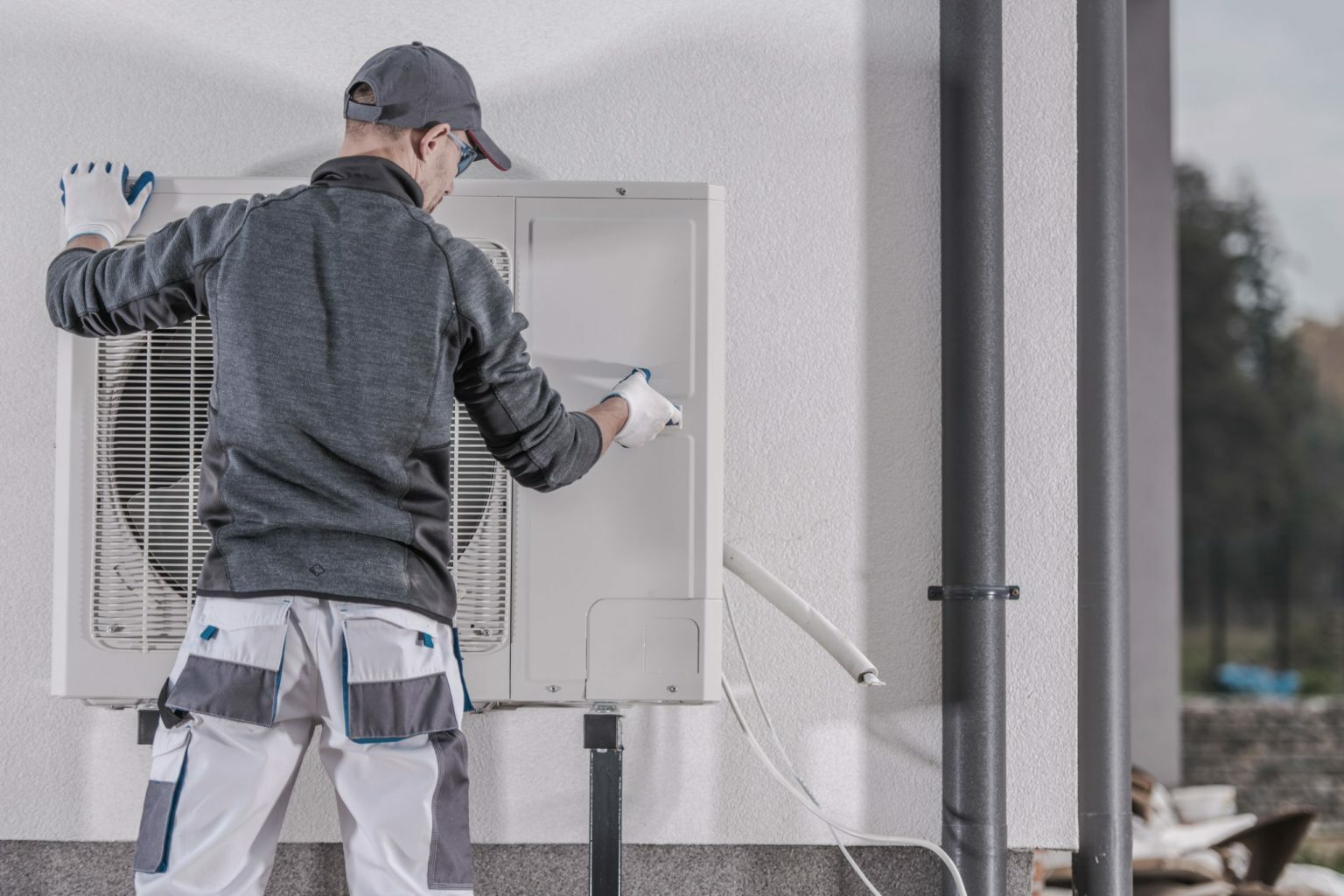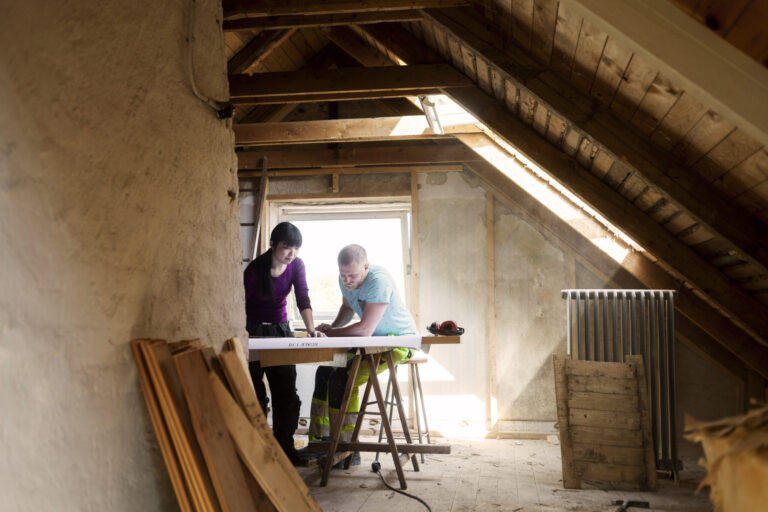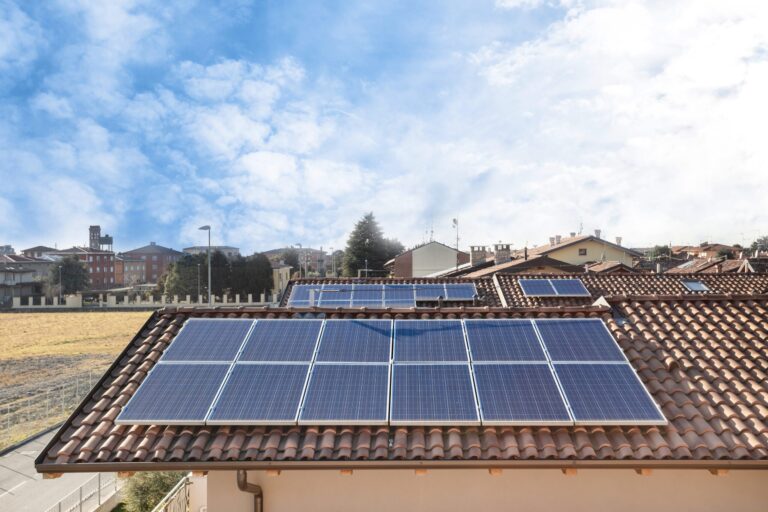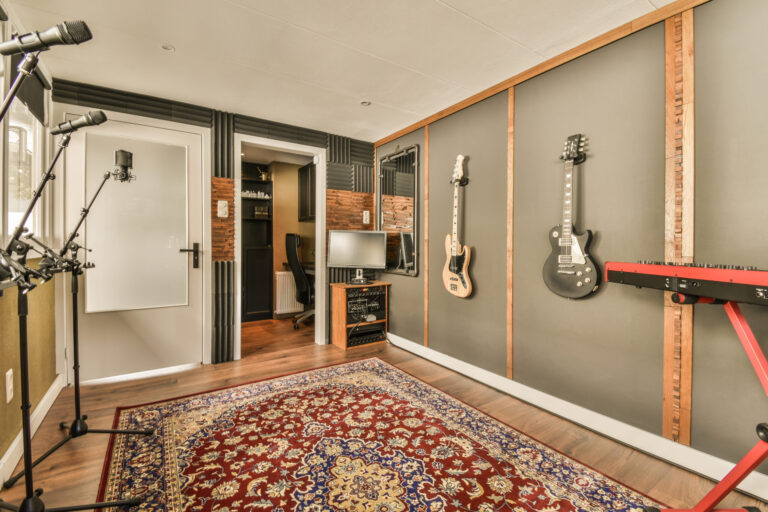Heat pumps are one of the most popular alternatives to traditional heating appliances because they can efficiently heat and cool homes. Instead of having separate units or different equipment for your heat and cooling systems, a heat pump is a one-stop-shop unit for keeping your home comfortable all year long. Their increased energy efficiency and capabilities are among the many reasons why homeowners often opt for a heat pump to warm and cool their homes.
Like other HVAC equipment, however, heat pumps are also subject to wear and tear and mechanical issues over the course of normal operation. Any mechanical issues can cause problems that could prevent your unit from delivering hot or cool air. The best way to prevent minor issues and mechanical problems with a heat pump is to schedule regular annual maintenance.
Depending on where you live, extreme conditions during the winter and summer mean that you need your HVAC equipment. If you experience an issue with your heat pump system, you’ll want to make sure that you get to the bottom of it as quickly as possible. To understand the problem with your heat pump, there are several things that you might want to check. Let’s take a look at some tips for troubleshooting your heat pump.
1. Check the thermostat.
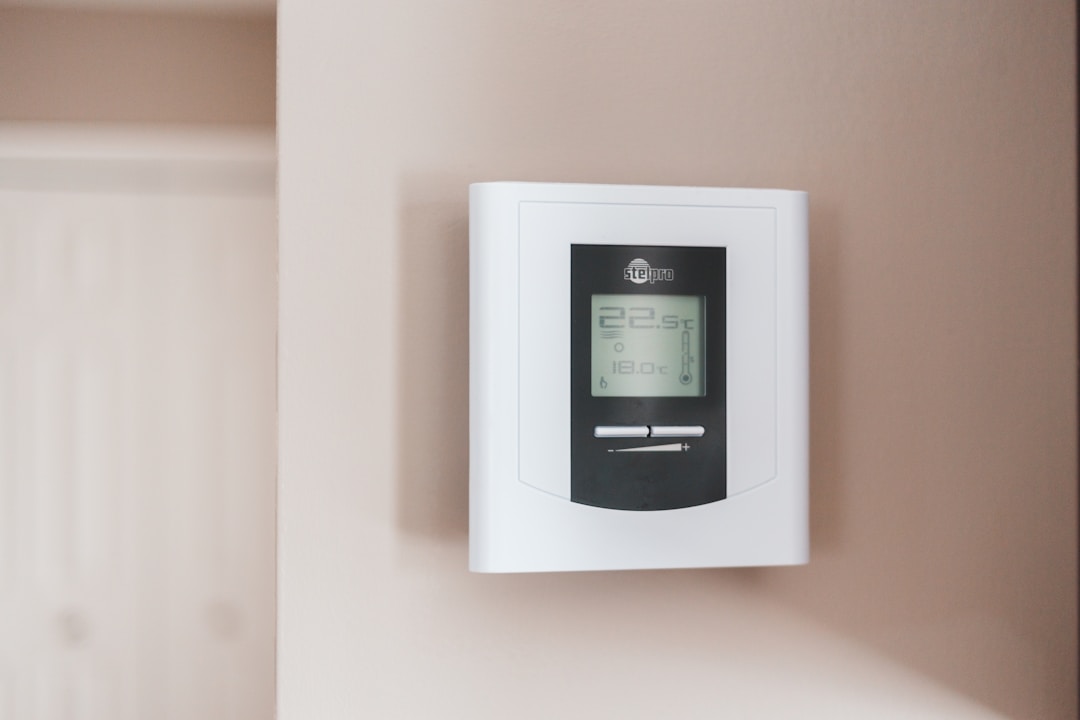
Your thermostat is the director of your home’s heating and air conditioning, and your heat pump delivers the air that your thermostat calls for. If your heat pump is not running or delivering comfortable air, your thermostat could be to blame. You need to check the batteries and examine the wiring to ensure that the connection between the heat pump and the thermostat is still good. Additionally, you should make sure that the internal thermometer in the thermostat is still working. Try getting an auxiliary thermometer to check the temperature inside your home and compare that with the reading on your thermostat. If you have an outdated or malfunctioning device, your heat pump may not work correctly.
2. Ensure you have proper airflow.
.1).jpg)
Adequate airflow is essential for heating and air conditioning your home. A common issue that can cause your heat pump to malfunction is restricted or blocked air. You should first check that all of your vents are unobstructed and open to allow for proper air circulation. Additionally, ensure that you have checked and changed your air filters to allow your equipment to take in an adequate amount of air.
Outside, you can check around your unit to ensure that shrubs and other foliage or debris aren’t blocking the equipment and preventing proper airflow. You will also need to make sure that the fins on the condenser coils are free from debris, dirt, grass, leaves, and other objects. Clogged condenser coils can restrict airflow and cause numerous problems with your heat pump. Fortunately, clogged coils are relatively easy to clean with a standard garden hose.
3. Inspect equipment for obvious damage or broken parts.

In many cases, broken belts, cracked equipment, and loose connections can create issues for your heat pump. Often, many of these issues are the result of normal wear and tear. If your blower isn’t coming on, or your air isn’t at the appropriate temperature, it could be the result of a broken part or leak. You can examine your equipment for any signs of obvious malfunction or leaks. More than likely, you will need a pro HVAC technician to help repair these issues.
Your heat pump is responsible for combating outside conditions to deliver comfortable temperatures inside. The best way to prevent potential problems with your equipment is to invest in regular service appointments. When something does go wrong, you can check your airflow, thermostat, and equipment. If the problem isn’t a quick fix, you will need a qualified technician to help remedy the issue.



